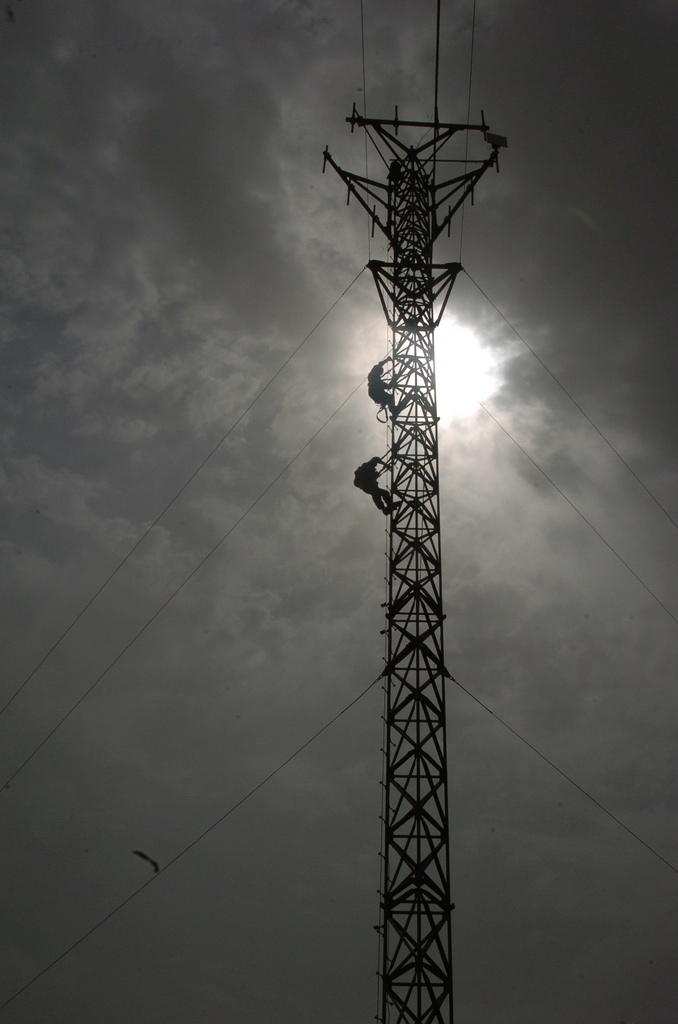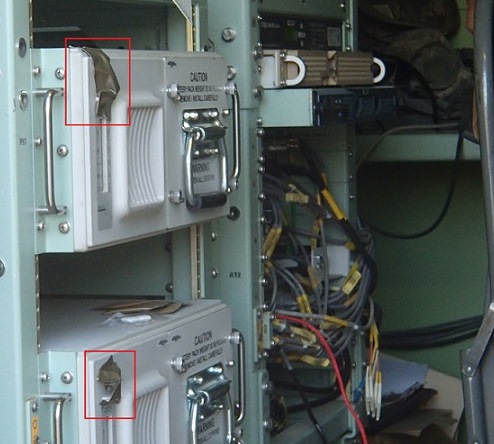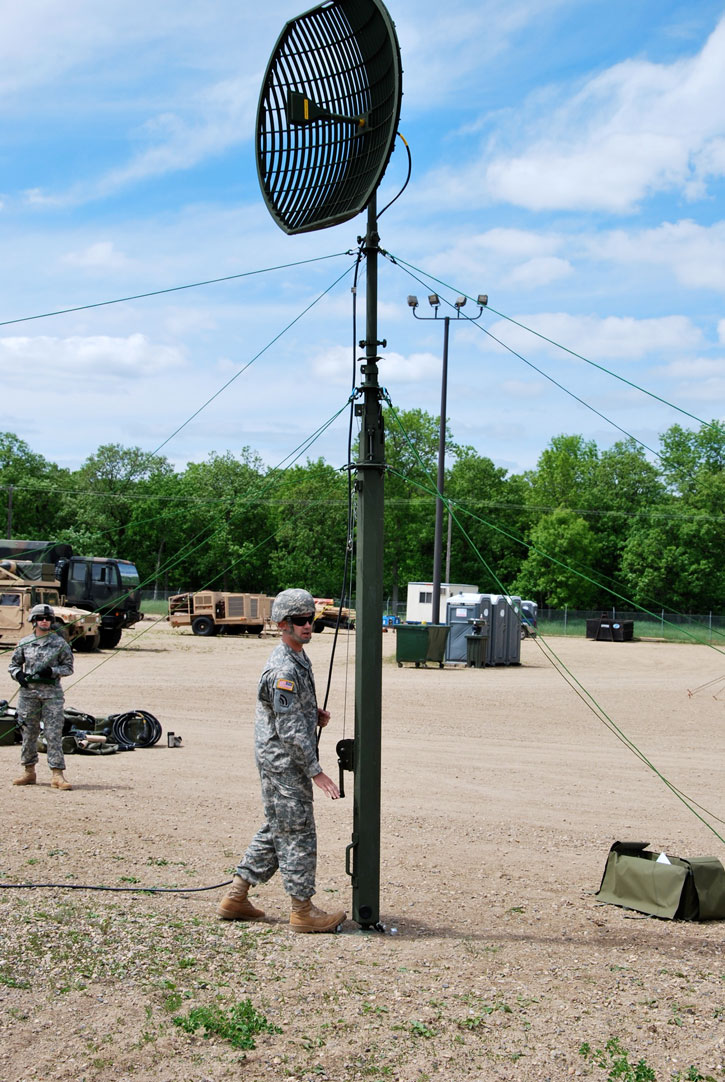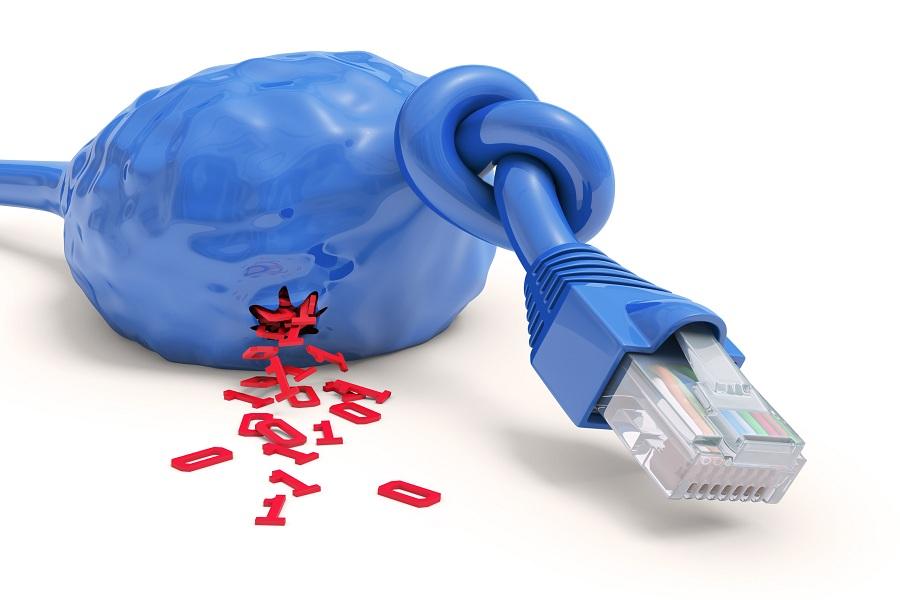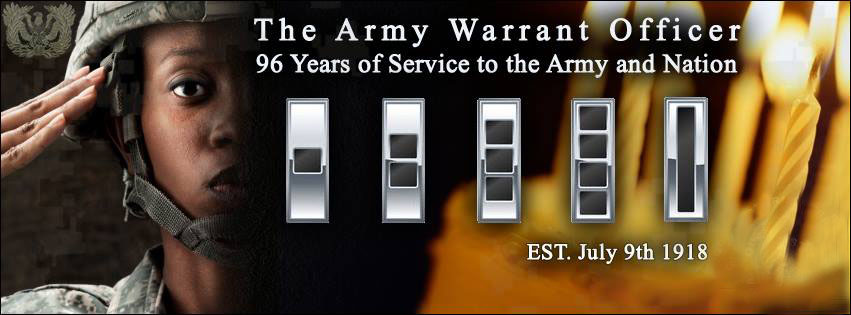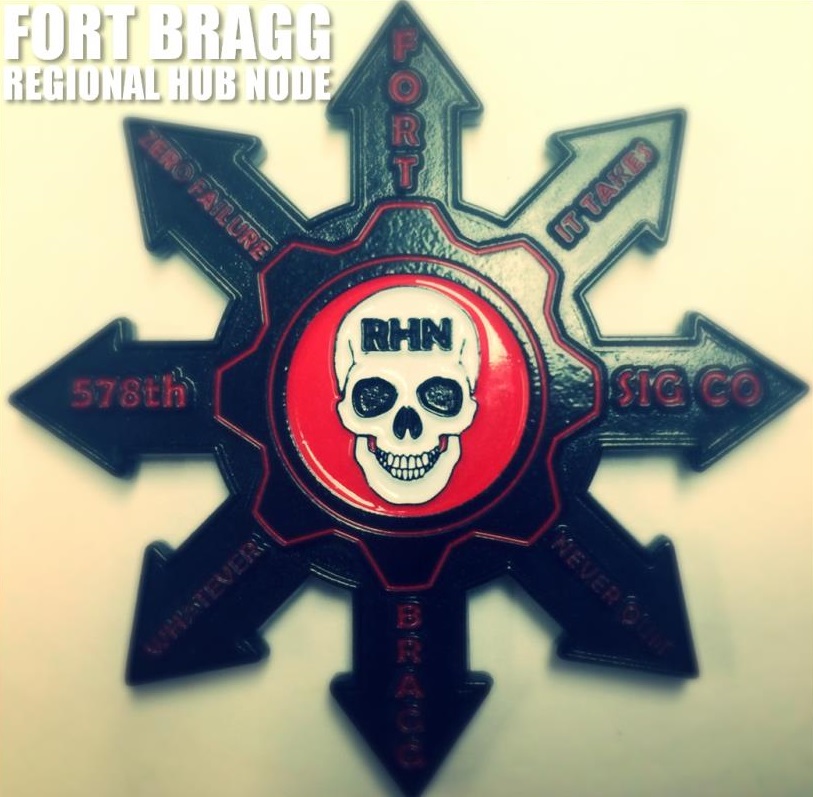Have you ever told a unit that you needed them to do something, only for them to completely blow you off? Since its formation, the Army has operated under as an organization of order. We as warrant officers have to learn to utilize the orders process to enable us to successfully manage the network.
Have you seen my image disk?
Imagine this. Your brigade is part of a Corps level task force preparing to move into an allied country to push out an invading Army. The unit has been on site for several weeks and is just waiting for the order to attack. One day you get a call from one of your battalions informing you that their SIPR call manager has crashed and that they will need to reimage the system. You reach into your box of CD/DVDs to find the call manager disks and discover that you don’t have it…..FML
JNN Team Integration
Do you have everyone that you need (or would like) to complete your mission? If you are like pretty much everyone in the Army, the answer to that question is no. Rarely does a unit have everyone assigned to it that they are authorized and even in the case that they do, you still have people pulling guard, on profile, or whatever. The short answer is that we never have enough people to take care of all of the tasks that need to be completed which is why it is critical that we effectively manage how we use our personnel.
It’s all about that base(line)
Do you know what your baseline configuration is? Is it the same thing that you received on a CD from General Dynamics years ago or have you updated it over time as you have worked to refine and secure your network? If you do have a baseline, is it something that routinely roll-back to after each mission or do we just keep try to update the configurations each time we get a new message?
Where to Put a HCLOS
I am a huge advocate of using HCLOS within out networks. It increases bandwidth, adds redundancy, and reduces delay between nodes. As I’ve said before, when using HCLOS in a DA environment, it is often easiest and most practical to deploy these links with non-maneuver units (BSB, aviation, etc.). In several recent rotations though we have seen units experience an additional challenge in employing their HCLOS assets; HCLOS v1s being permanently placed with maneuver battalions.
Seeing Trees and Forests
Have you heard the expression “Can’t see the forest for the trees”? Simply put, it means that someone gets so caught up in the details of the situation that they lose track of the bigger situation. This is a situation I see often by a variety of people in different positions but for the purposes of this article, we’ll be talking about Net Techs.
Scotty, I Need More Bandwidth!
Usually about half way through each rotation I will try to find the Brigade XO and spend a few minutes talking to him about communications. By this time, the network is well-established, the unit has conducted a couple of CUBs, and by and large everyone should have a pretty good idea of how well we can (or can’t) communicate across the unit. One of the comments I frequently hear is that they “need more bandwidth”.
January Warrant Officer Selection Results
Congrats to all of the NCO’s who were selected to join the warrant officer ranks.
How to Steal a Password in 15 Seconds
People often wonder how hackers are able to get people’s passwords in order to access their accounts. Truth of the matter is, it’s really not that freaking hard. Check out the video below from Jimmy Kimmel and pay attention to two things. 1. Just how weak their passwords are and 2. Just how easily the interviewer got them to give up the passwords.
From the Foxhole – The Fort Bragg RHN
The Bragg Regional Hub Node (RHN) is one of five RHNs in the world. The RHN is a critical component in the Warfighter Information Network Tactical (WIN-T) architecture and has significantly evolved over the past three to four years, meeting the ‘needs and requirements’ of the ever growing and developing WIN-T program. Regional Hub Nodes are an integral part of the network architecture and provide critical support for all three Army components and the Marines.

